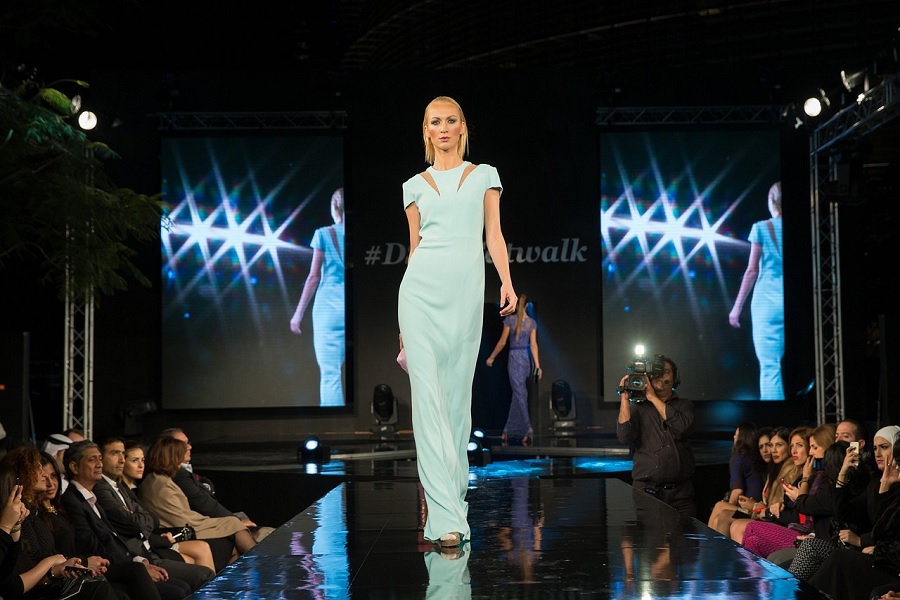
Follow us Now on Telegram ! Get daily 10 - 12 Interesting Updates. Join our Telegram Channel https://t.me/OhWomen
Download Telegram App before Joining the Channel
Fashion is an ever-evolving art form, reflecting societal changes, personal expression, and global influences. It transcends mere clothing, becoming a way to communicate identity, status, and creativity. Throughout history, fashion has evolved from strictly utilitarian garments to an expressive, multifaceted industry that shapes global culture.
The Birth of Fashion: Traditional Roots
Fashion’s roots are deeply entwined with history, culture, and geography. In ancient civilizations, clothing served practical purposes, such as protection from the elements and signifying social status. Early fashion trends were often determined by geography; the Egyptians, for example, wore lightweight linen garments to accommodate their warm climate, while the Romans used intricate draping techniques for their togas.
As cultures evolved, so did fashion. The Middle Ages, for instance, saw clothing become more structured and elaborate, particularly in European aristocracy. The use of luxurious materials like silk and velvet, along with ornate decorations, symbolized wealth and power. This period laid the foundation for fashion as a form of status display.
The Rise of Haute Couture and Global Fashion
The 19th and early 20th centuries marked a significant shift in the fashion industry, with the rise of haute couture. Paris became the undisputed fashion capital, with designers like Charles Frederick Worth leading the charge. The concept of custom, handmade garments for the elite gave birth to an industry that would later globalize, with international designers emerging from cities like Milan, London, and New York.
The advent of the industrial revolution allowed fashion to become more accessible to the masses. Mass production and ready-to-wear clothing revolutionized the way people dressed. The global expansion of fashion began, as brands and designers sought to cater to not only the wealthy but also a growing middle class eager to adopt new trends.
Modern Fashion: Fast Fashion and Sustainability
In recent decades, the fashion industry has shifted dramatically. The introduction of fast fashion in the 1990s changed the landscape by allowing designers to replicate high-fashion trends quickly and affordably. Brands like Zara, H&M, and Forever 21 flooded the market with new designs, making it possible for anyone to wear the latest trends.
However, this rapid pace has also raised concerns about sustainability. The environmental impact of fast fashion, from wasteful production processes to overconsumption, has led to a growing movement advocating for slow fashion and sustainable practices. Many designers and consumers are now prioritizing eco-friendly materials, ethical labor practices, and reducing waste by opting for timeless pieces over fleeting trends.
Fashion in the Digital Age: The Role of Social Media
Social media has transformed fashion, democratizing style and allowing trends to spread faster than ever before. Platforms like Instagram, TikTok, and Pinterest have given rise to new fashion influencers, who often set trends from their personal feeds rather than traditional runway shows. The rise of online shopping has further changed the fashion landscape, providing consumers with a wider variety of brands and access to global fashion in the palm of their hands.
Additionally, digital fashion shows and virtual clothing designs are becoming more prominent, especially with the rise of augmented reality (AR) and virtual fashion experiences. Technology is shaping the future of fashion in exciting and unpredictable ways, with designers exploring innovative fabrics, 3D printing, and sustainability-driven design processes.
Fashion as a Personal Expression
In today’s world, fashion has become an essential form of personal expression. From streetwear to high fashion, people use clothing to communicate their identities, beliefs, and even political statements. Designers are increasingly embracing diversity, with many collections focusing on inclusivity in terms of size, ethnicity, and gender. Fashion has broken away from traditional norms, allowing individuals to explore and express their unique style without constraints.
Conclusion: The Future of Fashion
Fashion’s future is vibrant and ever-changing. As technology, sustainability, and inclusivity continue to influence the industry, the way we approach fashion will keep evolving. The fusion of tradition and modernity, coupled with innovation, will undoubtedly lead to new forms of self-expression, ensuring that fashion remains an important part of our global culture for years to come.
Source - oh Women